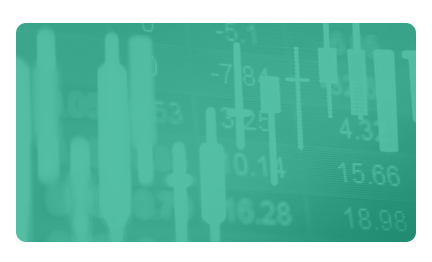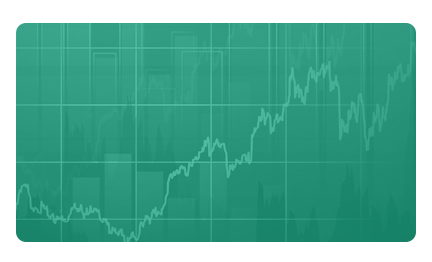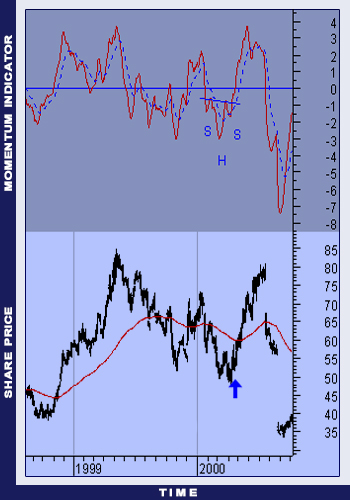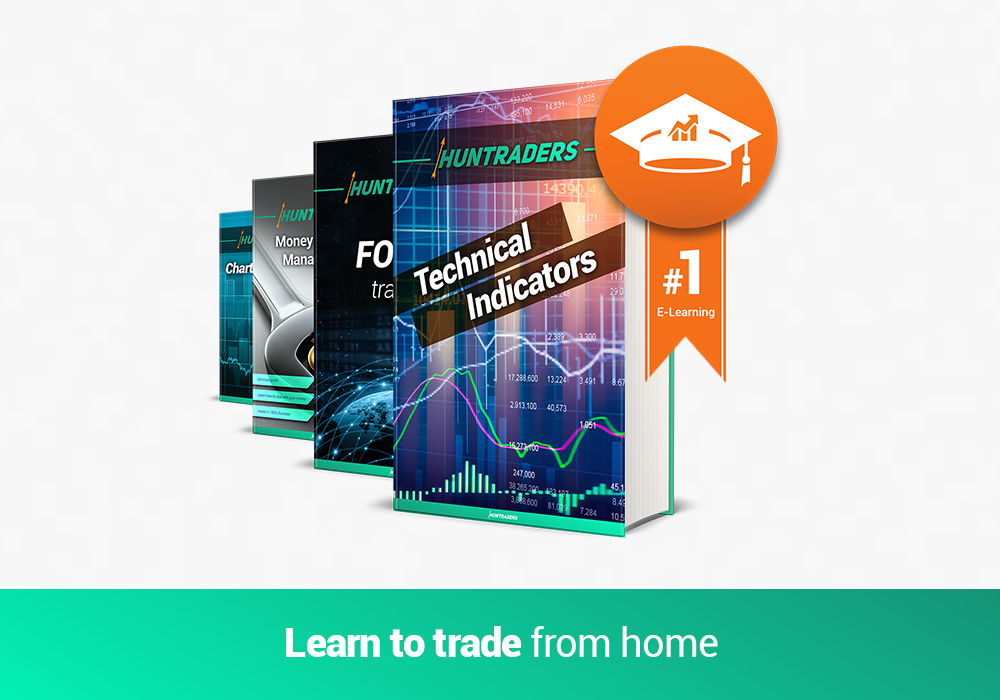Description and methodology
Momentum is also a popular and very similar to the ROC indicator. The difference is that the ROC adds 100 to the value. Momentum indicator fluctuates around 100. Momentum is an oscillator, measuring the rate of price change in a period. More precisely, it measures the acceleration or deceleration of the increasing or decreasing market prices. The actual market price is subtracted from a previous period’s market price. This positive or negative variance is illustrated on charts.
[latex]Momentum=TodayClosePrice-(n)PeriodClosePrice[/latex]
in another way, examining the jth period
[latex]Momentum_{j}=\frac{TodayClosePrice}{(n)PeriodClosePrice}\times 100[/latex]
Trading signals
When the value of the Momentum is reaches 10-15%, a trend reversal is going to happen. If the Momentum curve is steep, a strong correction can be expected in the opposite direction. Buying signals are when the Momentum curve is at a trough, and selling signals are at the peaks. A trend is downward when Momentum is below 100% and the trend is ascending when it is above 100%. On trendless markets, traders should keep an eye on overbought levels. When the Momentum is far from the midline on sideways markets, the indicator will signal sell and buy messages. On markets with trends, overbought and oversold signals can be considered when their direction matches the trend’s direction.
- Signals the overbought and oversold market. Overbought or oversold market is when the share prices increase or decrease too rapidly within a short period of time and a correction can be expected. Overbought market is when the Momentum rises above the 0 level. Oversold market is when the Momentum sinks below the 0 level. Overbought and oversold signals are the most reliable when there are no trend-like movements on the market (peaks and troughs are formed in similar levels through longer period of time).
- Signals bullish and bearish divergence. The divergence between the share price and the indicator means the weakening of an ascending or a descending trend. Bearish divergence is when the share price reaches new maximum points, while the Momentum’s peaks are decreasing. This means the weakening of the ascending trend. Bullish divergence is when the share price sinks to new minimum points, while the Momentum’s troughs are increasing. This indicates an inclining trend. Momentum can only indicate the trend’s weakening but not a change in the trend’s direction. A direction change should be observed from other signals.
Use
Buy signals are when the indicator increases, and sell signals are when the indicator decreases. Zero-line crosses are also signals when the trading is in the same direction as the trend. Momentum helps to recognise trends, overbought/oversold levels, and divergences.














